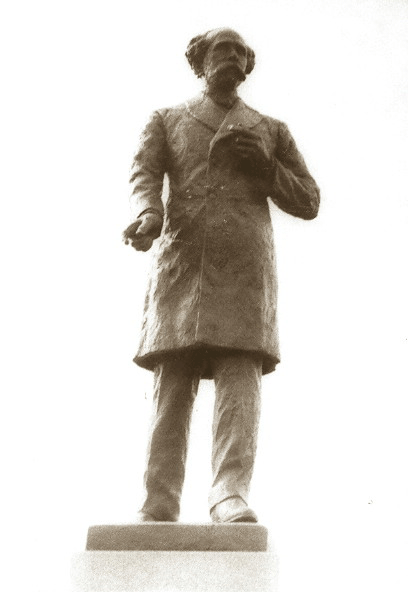Horace Capron's life and fortunes suffered major setbacks starting around 1849.
Louisa died March 27, 1849, at the age of 37. She was buried in the Snowden family cemetery, along with an infant son Nicholas, who had died in 1836.
Horace was was left a widower with 5 children: Horace Capron Jr., Albert, Osmond, Adeline, and Elizabeth.
It is possible that his sister, Louisa Kirwan Thiers, who was living in Laurel at the time, helped care for the family.
